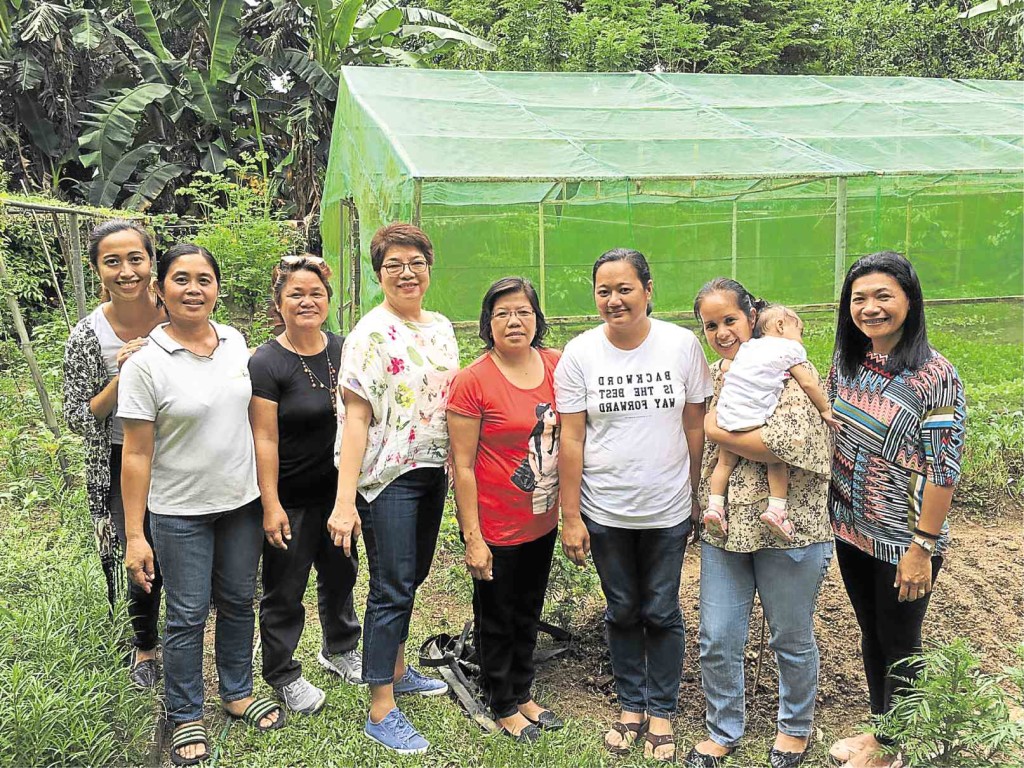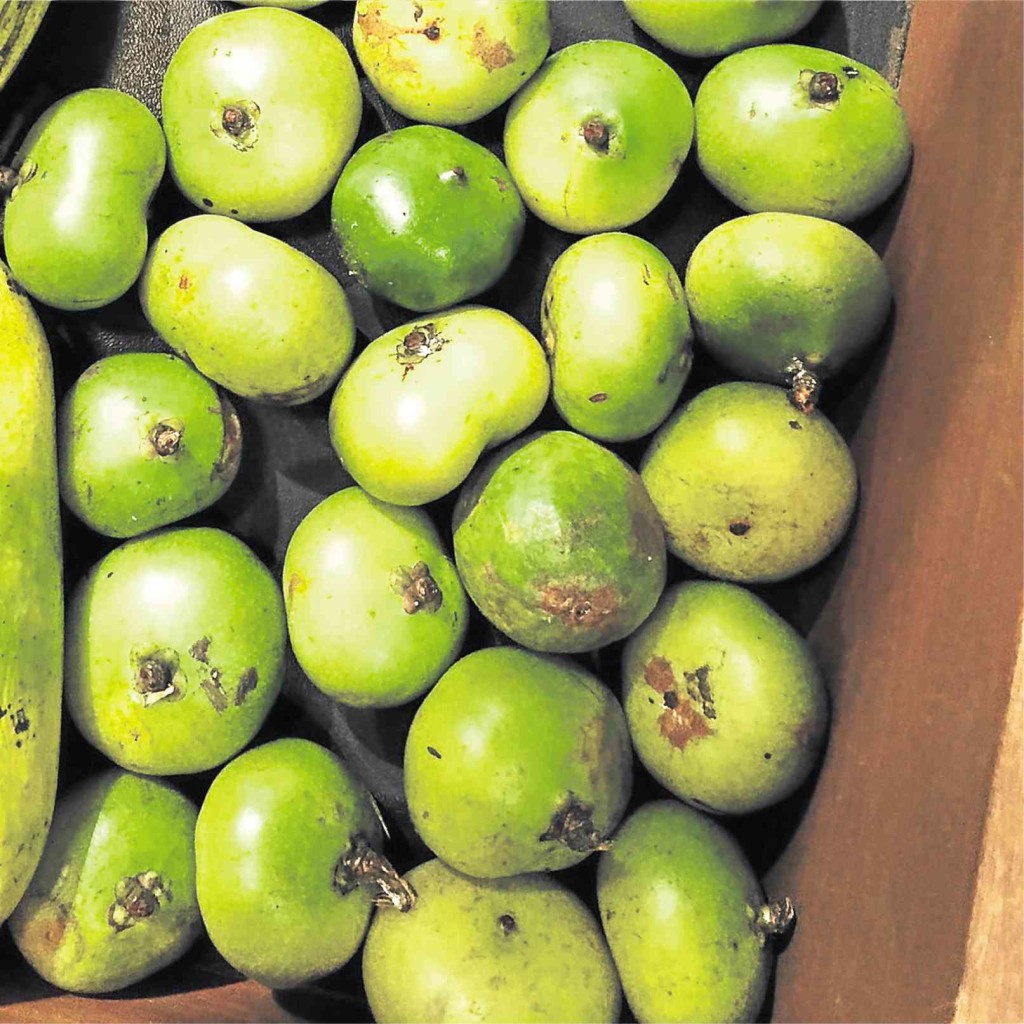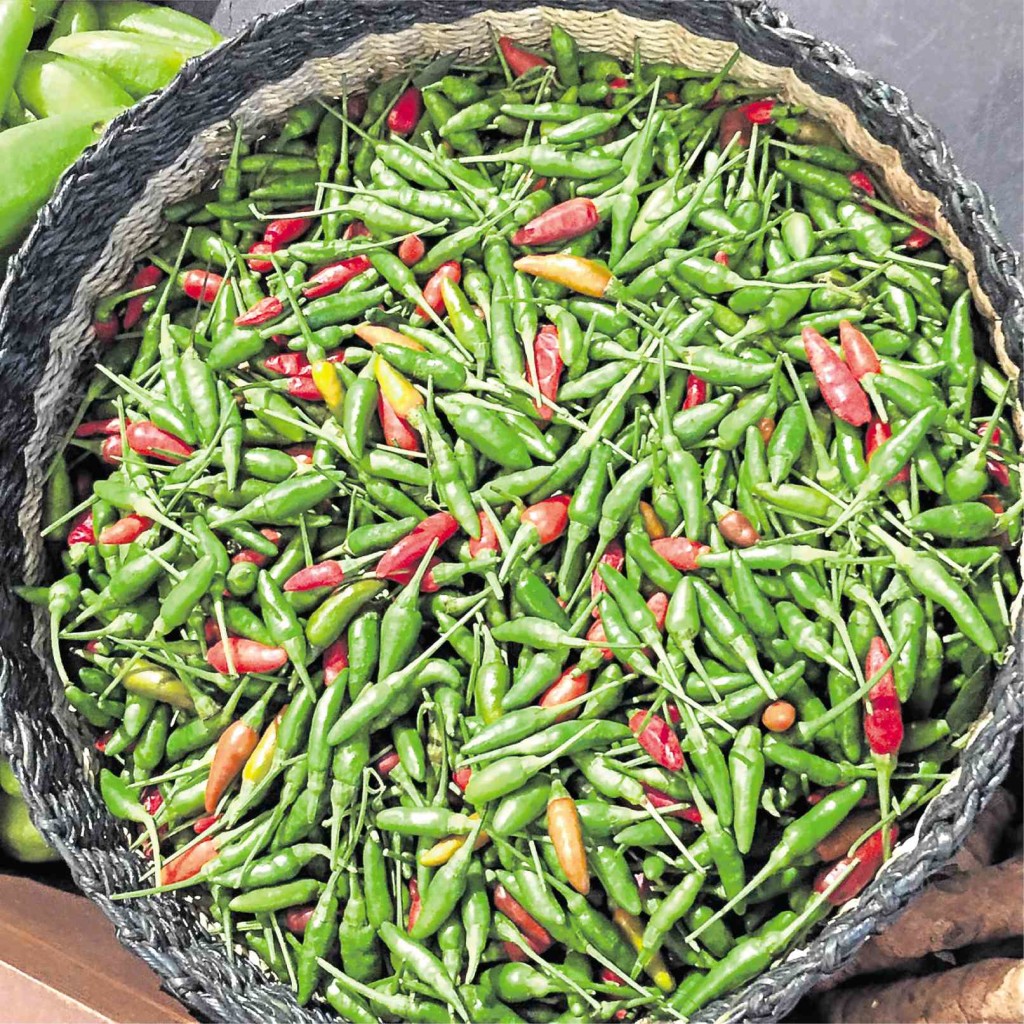Slow Food campaign kicks into high gear in PH
AROUND 10 years ago, when I started Nana Meng Tsokolate, a micro business manufacturing and selling traditional Bulacan hot chocolate paired with Bulacan delicacies, I met Ka Vinyang, a petite, bubbly lola in her 70s who is well known in our town of Sta. Maria.
In my humble opinion, Ka Vinyang made the best puto in the country.
It was a unique kind of puto, presented in its entirety in one whole bilao, leaving the slicing to the buyer, and it was a unique color green, as it was cooked in pandan leaves.
When I shared this with customers, just to distinguish it, I called it puto pandan.
No one else knew Ka Vinyang’s recipe for puto. She wanted to teach it to her grandchildren, especially the ones who helped her grind the glutinous rice using her ancient stone grinder, but alas, they were more interested in auditioning for Eat Bulaga.
Ka Vinyang passed away a few years later. And with her, the best puto we remember from Sta. Maria, Bulacan. None of the puto today even comes close.
I remember this story as entrepreneur and Slow Food advocate Chit Juan tells me about the Slow Food movement.
Slow Food will have a booth again at this year’s World Food Expo (Wofex) from Aug. 3 to 6 with a benefit lunch for and with farmers on the 6th (details below).
Slow Food
Slow Food is a global, grassroots organization founded in 1989 to prevent the disappearance of local food cultures and traditions. The movement now involves members from over 160 countries. One of its initiatives, Ark of Taste, seeks to list down produce and methods of cooking that are at risk of extinction.
If the produce do not continue to be planted or the cooking traditions kept alive, they will soon be gone, Chit Juan explained, specifically mentioning as an example cooking methods like pinikpikan and products like the siling labuyo.
Once upon a time, siling labuyo was abundant. Today, if you go to the wet market, you will more likely find siling tingala, not siling labuyo.
Siling tingala is less spicy and here’s what’s worse: Farmers who shared their experience with Chit Juan confessed that after it bears fruit, the plant dies. So farmers are forced to buy seeds again.
The same goes with papaya. Farmers revealed that today, after harvesting for a year or two, the tree no longer bears fruit.
“If these plants lose their capacity to bear fruit, we will be dependent on buying seeds all the time and the original variety will become extinct,” Juan explained.
It seems that this is a modus operandi to force farmers to keep buying seeds.
Ark of Taste
Hence, the movement led by Carlo Petrini, founder of Slow Food, to preserve all these animals, plants, fruits and cooking techniques that are becoming extinct. It is literally a matter of life and death!
Slow Food is also reaching out to chefs.
“If chefs use their harvest, farmers will plant them,” Juan stressed.
Max’s (as in the House that Fried Chicken Built), for example, is now using tinawon or Ifugao heirloom rice in Baguio and La Union. “It’s limited to Baguio and La Union for now,” Juan shared, “But it’s a great start.”
Love local
In fact, promoting local produce is what leading chefs of the world do. At Osteria Francescana, ranked No. 1 Best Restaurant in the world this year by the Worlds’ 50 Best Restaurant Awards, Chef Massimo Bottura promotes parmigiano reggiano and Modena’s own balsamic vinegar.
In fact, he is famous for coming to the rescue of an industry devastated by an earthquake in 2012, when around 220,000 cubic rolls of Parmigiano Reggiano were damaged. He created a recipe that used the cheese to encourage restaurateurs around Italy to support the cheesemakers of Modena and use the devastated rolls of cheese. The dish he created became recognized as an Emilian symbol of hope and recovery.
In Spain, Arzak promotes San Sebastian’s red mullet, among other things. And Chef Josean Alija’s Nerua at the Guggenheim Bilbao goes as far as elevating something as simple as chickpeas.
In the Philippines, Taza Fresh Table has a policy wherein 95 percent of its menu must be sourced from local farmers or suppliers and the vegetables sourced from within a 15 to 20 kilometer radius.
Then there’s Echostore, a business built on promoting local farmers and produce.
Wofex
If you want to know more about the products from the Philippines that are nearing extinction, visit the Slow Food booth at the World Food Expo from Aug. 3 to 6.
You will get to know items like adlai, a gluten-free grain that is a cheaper and healthier alternative to traditional grains like rice and corn; coffee made by the women of Amadeo; varieties of Philippine heirloom rice as well as other products being heavily promoted through the dedicated efforts of Slow Food Philippines and the Department of Agriculture through Undersecretary Berna Romulo-Puyat.
To also expose farmers to the limitless culinary possibilities of what they plant and harvest, they will be invited to dine at the benefit lunch on Aug. 6 at Wofex. The menu will showcase produce like adlai that are about to become extinct if we do not increase demand for it. The lunch is open to the public at only P1,500 per head. The best part is that this ticket buys lunch for you AND a farmer.
“We want the farmers and the consumers to be on the same page,” says Reena Francisco, Slow Food Manila member. Reena uses produce from ECHOfarms and farmers around the country to whip up dishes for ECHOstore.
“People do not realize that what we choose to eat determines what the farmers plant,” says Paula Aberasturi, Slow Food Manila Convivium leader.
Hopefully, the movement will catch fire and in the process save all these produce and culinary techniques that are about to go extinct.
Let’s all give our support!
World Food Expo. Aug. 3-6 at the SMX Convention Center. Aug. 6 lunch starts at 11:30 a.m. For inquiries, contact Gina Lumauig at 0927-9795462.
More from the author at margauxsalcedo.com. Follow @margauxsalcedo onTwitter and Instagram. Email margauxsalcedo@yahoo.com.



